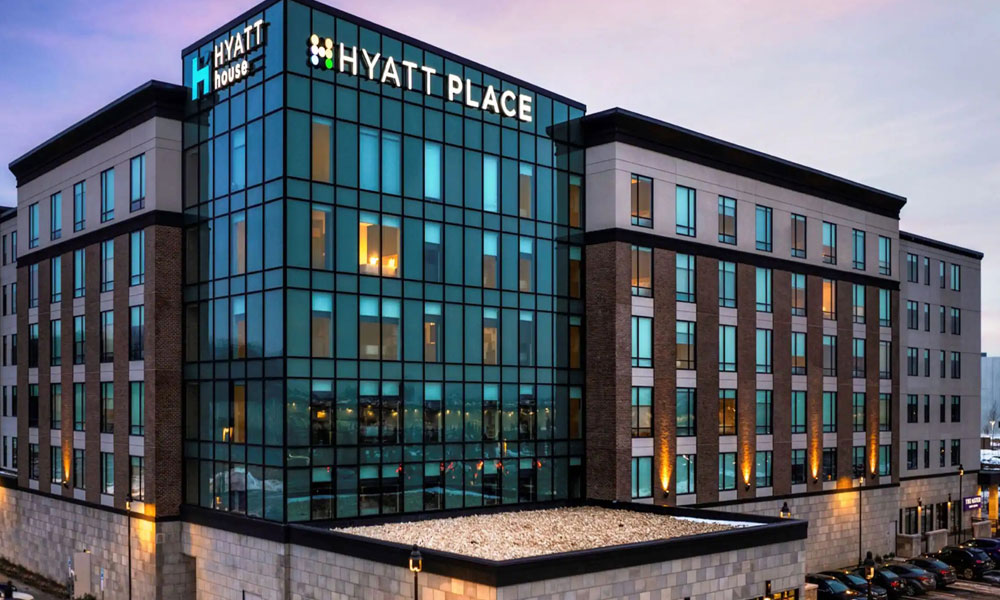When it comes to real estate investment, many hotel owners may focus on the going-in cap rate, which is a measure of the initial yield of a property. However, it’s important to understand that the going-in cap rate only provides a snapshot of a property’s initial yield and does not take into account the long-term performance and profitability of the investment.
Return on equity (ROE), on the other hand, is a more comprehensive measure of a property’s profitability over time. It takes into account not only the initial yield, but also the growth and performance of the investment over time. This is why focusing on ROE is more important than solely focusing on the going-in cap rate.
In the context of a sale-leaseback, a higher ROE can be achieved because the property owner has effectively converted a portion of their real estate assets into cash, which can then be invested in other ventures to generate additional income. By having multiple sources of income through multiple business operations, the property owner can reduce their risk and increase their potential for a greater return on investment, which ultimately leads to a higher ROE.
In summary, while the going-in cap rate may provide some insight into the initial yield of a property, it is not a comprehensive measure of its long-term profitability. Focusing on ROE is a more effective way to assess the overall performance and potential for growth of a real estate investment, especially in the context of a sale-leaseback.

